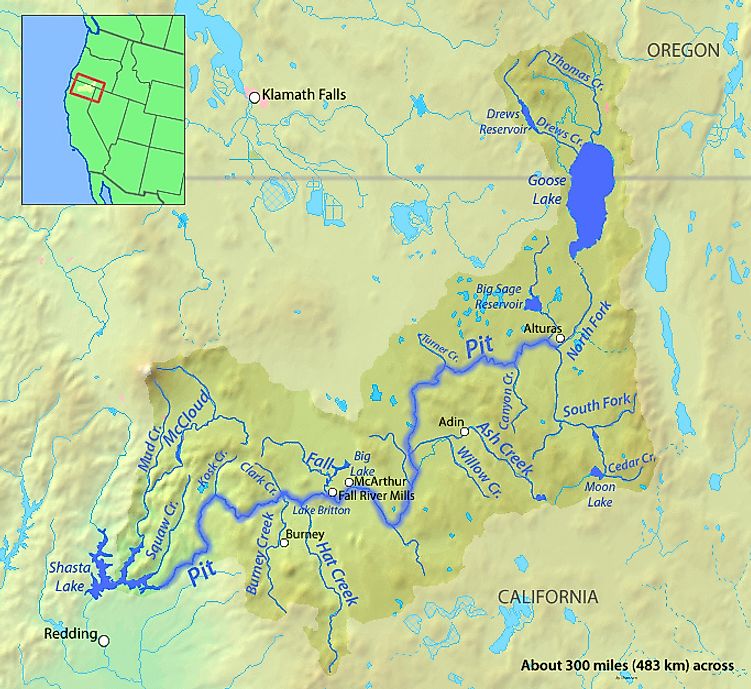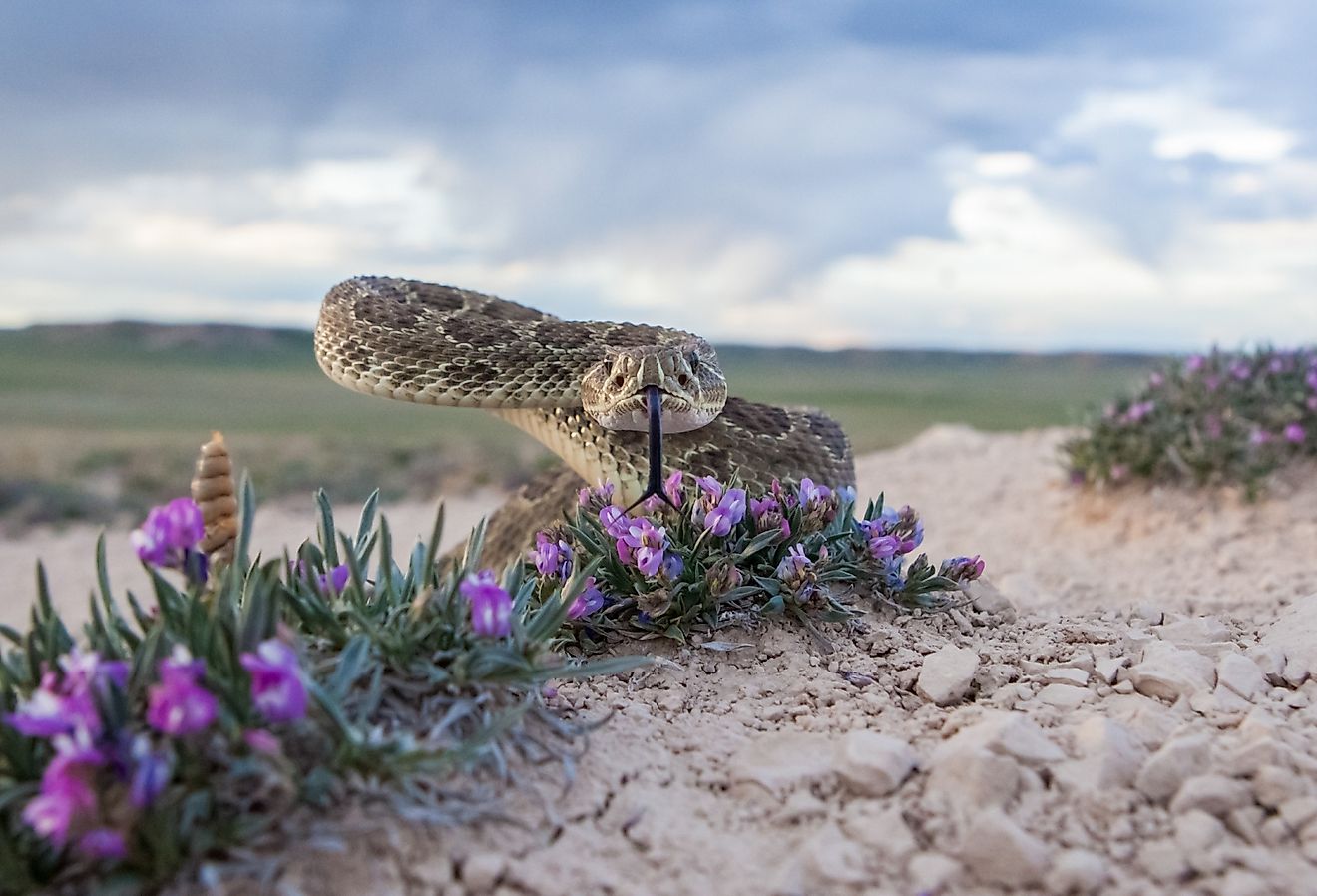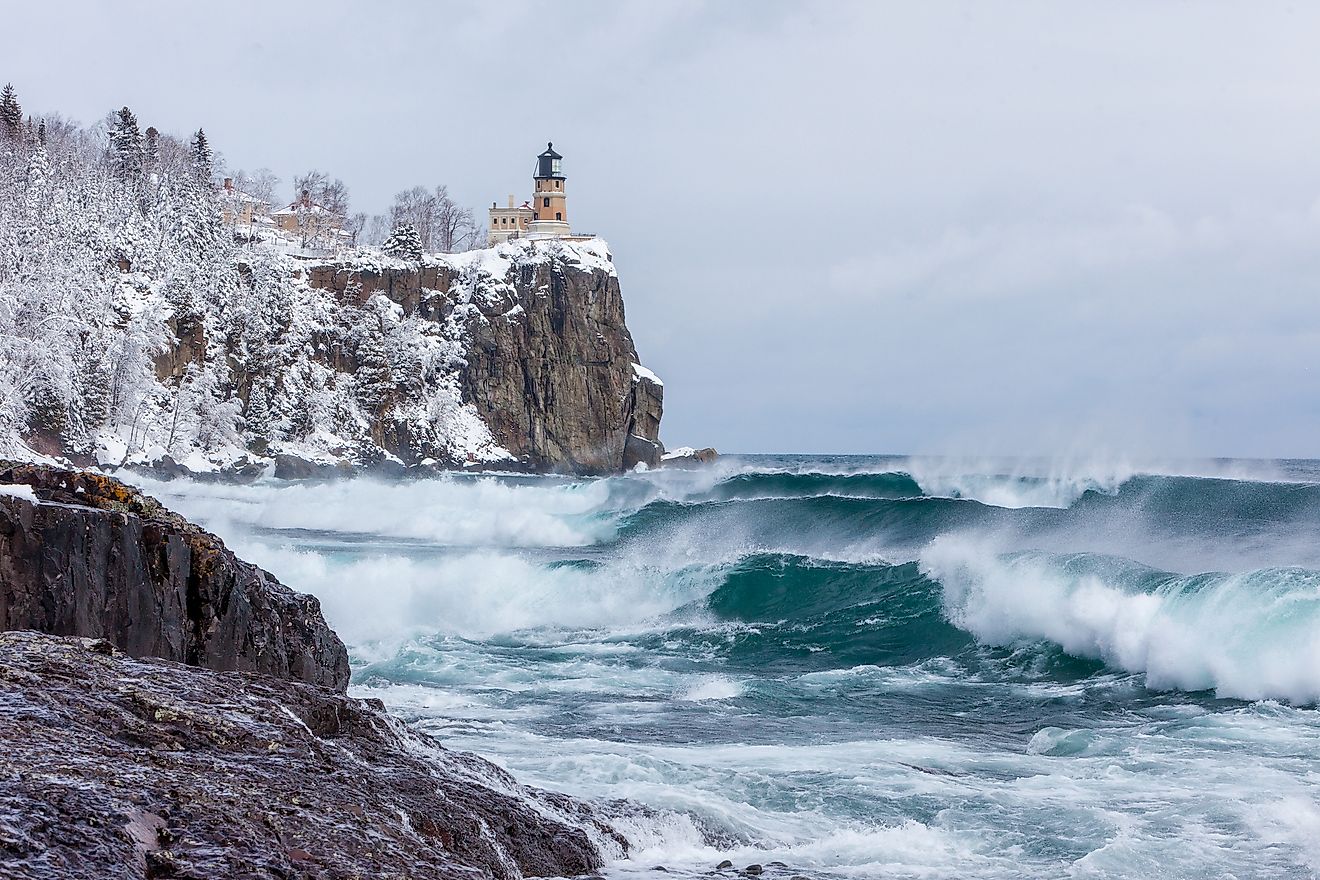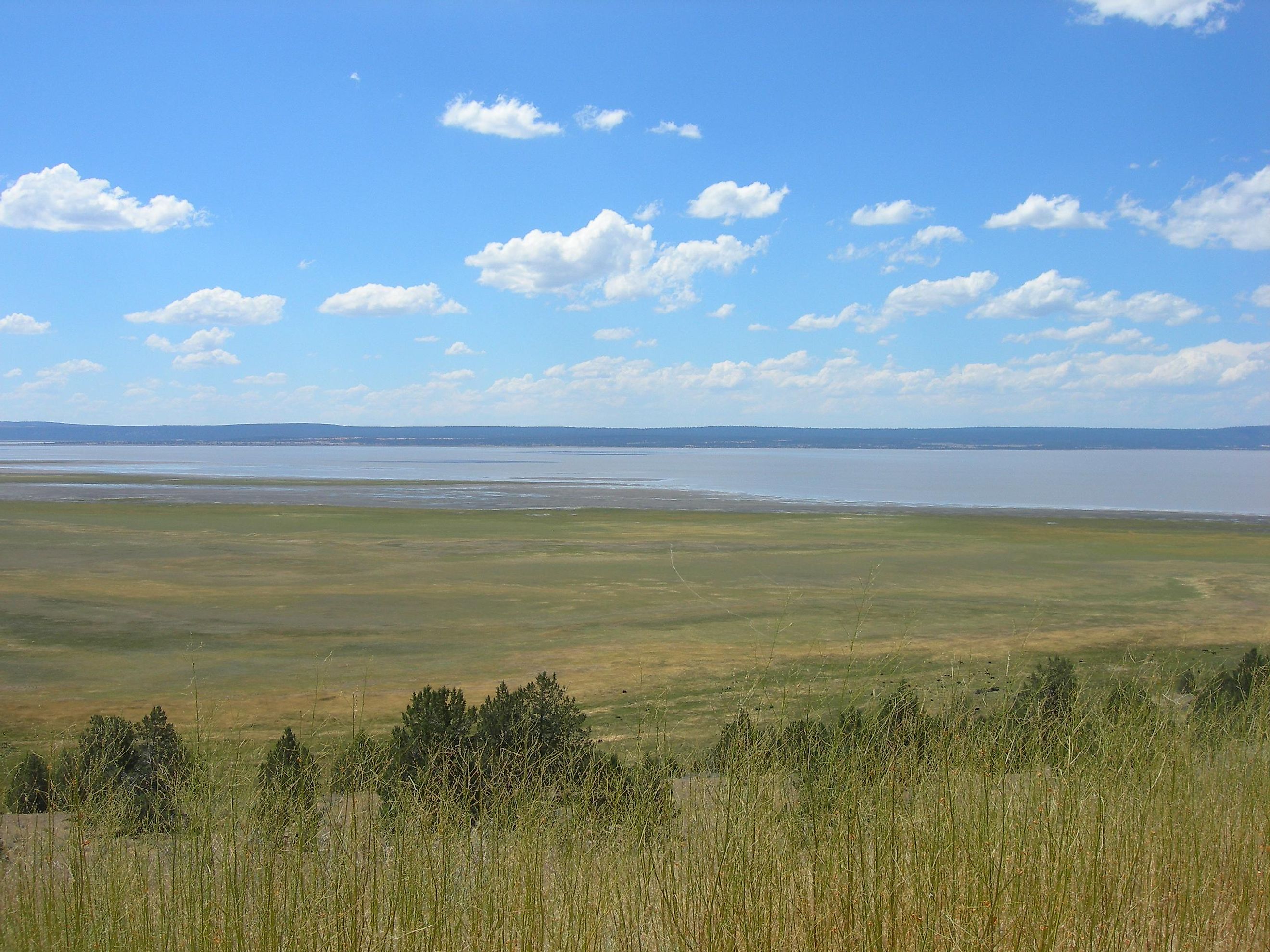
Goose Lake
Covering an area of 380 km2, Goose Lake is located in a high valley on the boundary between the US states of Oregon and California.
The southern part of this alkaline lake is situated in Modoc County in California, while the lake’s northern part is situated in Lake County in Oregon. The lake is located in a semiarid plain and is surrounded by the Warner Mountains of California in the east. The lake’s southern end is close to the Modoc National Forest and its northern end forms a part of the Fremont National Forest.
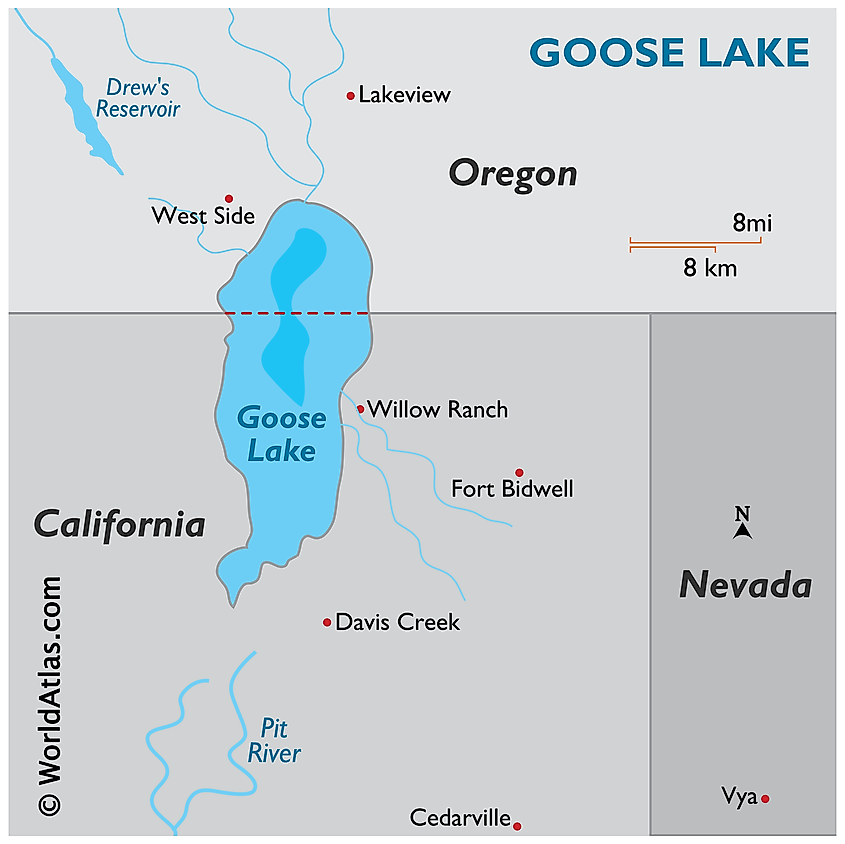
Geography
Goose Lake is a type of pluvial lake that has been formed by heavy rainfall and deglaciation back in the last glacial period of the Pleistocene epoch. It is California’s third-largest lake and is about 42 km long. The lake has a maximum width of 15 km and is relatively shallow with a maximum depth of about 8 m.
The lake is situated in the center of a topographically-closed basin, making it an endorheic lake. It was once a regular source of the North Fork Pit River, which is part of California’s Sacramento River watershed. Because of regional diversion of water and the lack of heavy snow, the level of water in the lake has dropped significantly. However, due to the rise in water levels that are caused by heavy rainfall and mountain runoffs, the waters of Goose Lake will occasionally overflow into the North Fork Pit River.
Although a major part of the lake is located in California, about two-thirds of its total drainage area and a major portion of its valley is located in the state of Oregon. Some of the large streams of the Goose Lake Basin include Drews, Cottonwood, and Thomas Creeks.
Marine Life
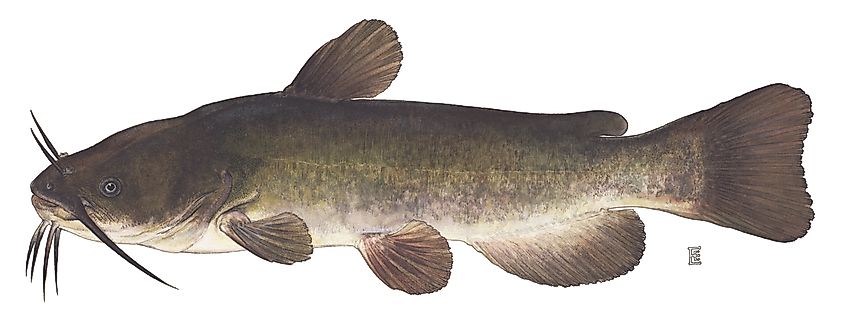
About nine native fish species have been recorded in the portion of Goose Lake in Oregon. These species are the Goose Lake Redband Trout (Oncorhynchus mykiss ssp.), Goose Lake lamprey (Entosphenus sp.), Goose Lake sucker (Catostomus occidentalis lacusanserinus), Modoc sucker (Catostomus microps), Goose Lake Tui Chub (Siphatales thalassinus thalassinus), Pit-Klamath brook lamprey (Entosphenus lethophagus), Speckled dace (Rhinichthys osculus), Northern Pit Roach (Lavinia mitrulus) and Pit sculpin (Cottus pitensis).
The first four species that are mentioned in this list are considered to be endemic to Goose Lake and its tributaries. However, all these endemic Goose Lake fish species have been listed by the United States Fish and Wildlife Service as “species of concern.” It has also been found that the high salinity in the lake’s waters has been a threat to the fish populations.
The non-native fishes that have been frequently observed in the Goose Lake basin are the Brown Bullhead (Ameiurus nebulosus), Brook Trout (Salvelinus fontinalis), Fathead Minnow (Pimephales promelas), Pumpkinseed (Lepomis gibbosus), Yellow Perch (Perca flavescens), and White Crappie (Pomoxis annularis).
Tourism
Most of the property in the valley surrounding the lake is made up of privately owned agricultural lands. The “Goose Lake State Recreation Area” is situated on the Oregon side of Goose Lake. This area provides a perfect habitat for several migratory waterfowls like the western grebe (Aechmophorus occidentalis) and long-billed curlew (Numenius americanus). Mule deer herds also frequent the area and spend most of their time in the campgrounds. Some of the major recreational activities for tourists in and around the Goose Lake area include canoeing, kayaking, and hunting. However, fishing activities in Goose Lake have currently been restricted.
